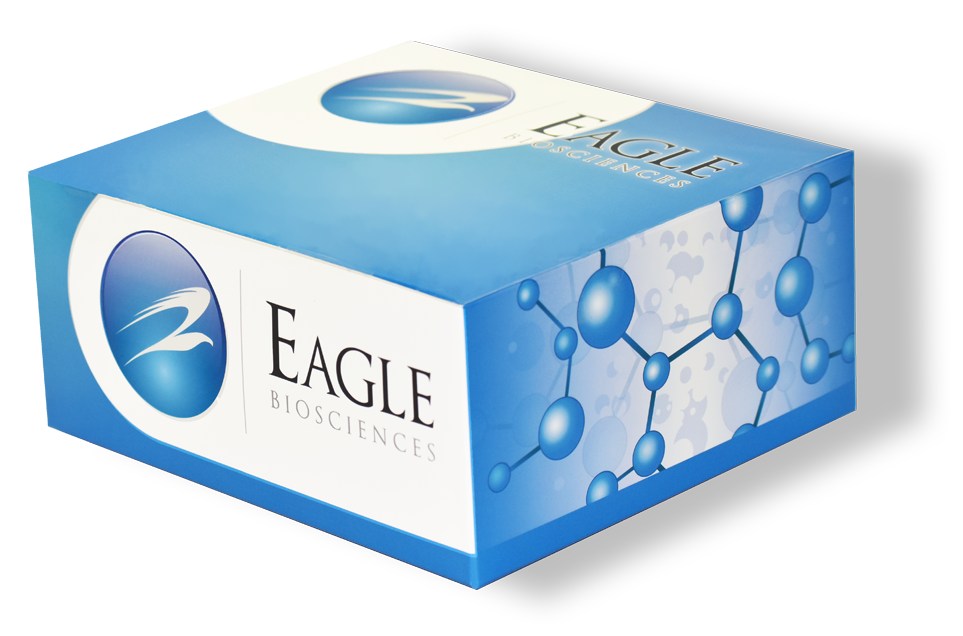Rat Estradiol ELISA Assay
The Rat Estradiol ELISA Assay is For Research Use Only
Size: 1×96 wells
Sensitivity: 2.5 pg/mL
Dynamic Range: 5-1280 pg/mL
Incubation Time: 2.5 hours
Sample Type: Rat Serum
Sample Size: 75 µL
Alternative Names Rat E2 ELISA
Assay Background
Estradiol (E2), also spelled oestradiol, is a steroid, an estrogen, and the primary female sex hormone. It is named for and is important in the regulation of the estrous and menstrual female reproductive cycles. Estradiol is essential for the development and maintenance of female reproductive tissues such as the breasts, uterus, and vagina during puberty, adulthood, and pregnancy, but it also has important effects in many other tissues, including bone, fat, skin, liver, and the brain. While estrogen levels in men are lower compared to those in women, estrogens have essential functions in men, as well. It is found in most vertebrates and crustaceans, insects, fish, and other animal species. Estradiol is produced especially within the follicles of the female ovaries, but also in other endocrine (i.e., hormone-producing) and nonendocrine tissues (e.g., including fat, liver, adrenal, breast, and neural tissues). Estradiol is biosynthesized from cholesterol through a series of chemical intermediates. One principal pathway involves the generation of androstenedione, which is converted into estrone by aromatase and then by 17β-hydroxysteroid dehydrogenase into estradiol. Alternatively, androstenedione can be converted into testosterone, an androgen and the primary male sex hormone, which in turn can be aromatized into estradiol. In female rodents, the determination of estradiol is a useful marker in evaluating and monitoring the state of the reproductive functions and pregnancy as well.


